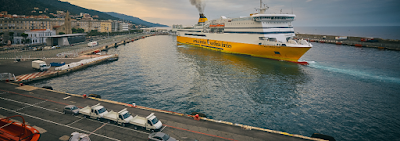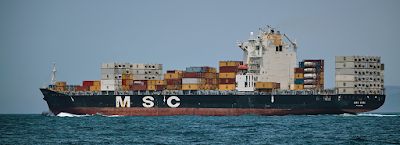Okeanus is a world leader in the production of ROV Launch & Recovery Systems (LARS) having provided over 50 systems significant ROV providers globally.
The organization also provides unique systems which are designed to suit customers specific requirements. All systems provided are officially reinforced by a team of technicians with full access to a complete data source of both technological and development information that is managed digitally since the organization was established. Technical support services include on-site commissioning, maintenance and maintenance carried out by experienced and certified service technicians. This is accompanied by an extensive spare parts program and a large stock of both minimal and significant elements. All Underwater Tracking Systems offer the ROV umbilical termination socket and the gas power unit to operate the system can also be provided if needed. All designs are produced using Autodesk Founder and information can be provided to customers for incorporation in outdoor patio templates.
As well as providing the necessary devices such as winches, A-frames and power packs, we, in addition, provide the needed training to launch and recovery system (LARS) providers, using our skills in both diver-led and driverless recovery systems.
Our diving and ROV division owns a number of fully mobile LARS located in 20ft transportation bins. Plusieurs LARS can carry an onboard breathing air provide so as to present an immediate secure home for further waterworks or for whenever a free ascent is not possible.
The individual proportionate management valves where appropriate are set with inner motor spools which give excellent management during the function of the winches.
The gas tubes are set with succeed secure fill having to make up for valves, to secure against gas pressure failing during function. The rotate points on the “A” Structure set up are set with Stainless-steel Metal oil erect nipples for oiling reasons.
An electrical top limit switch is installed adjacent to the centrally fixed sheave which will trip the HPU in the event the jump container is brought up above its normal operating parameter. This additional protection feature defends the container residents and devices.
At Hydraproducts we have integrated further protection measures on our HPU's with redundancy systems, this will ensure the protection of divers and useful devices if the gas device should ever don't succeed.
Hydraproducts has a wealth of experience in provide and production of unique Subsea Underwater Hydraulic devices. We are experts in unique tasks with concentrate on quality and distribution.
For those seeking to update HPU devices in order to gain cross-compatibility with different systems, or to improve the performance of the system with current devices, Hydraproducts can provide the necessary expertise to all corners of the world.
Source: http://bit.ly/2PnLTWW


